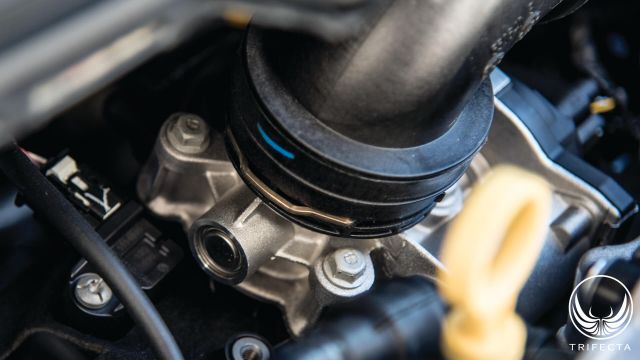
Charge pipe connection to intake manifold
The harness connectors are also different between the two units. Both sport 6 pins, but the LE2 throttle body utilizes a flat connector, whereas the LUJ/LUV throttle body utilizes a rectangular connector.
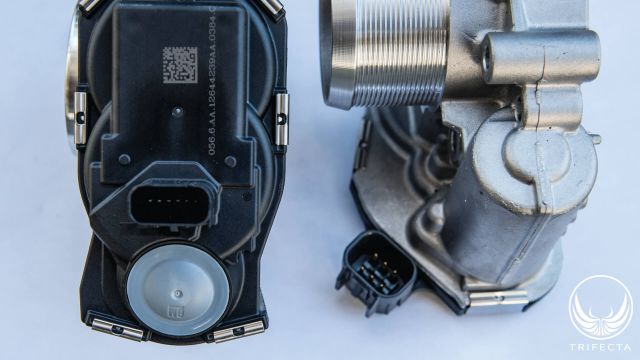
Harness Connectors (LE2 Left, LUJ/LUV Right)
Aside from the obvious physical differences, we can't actually see the most stunning difference of all. One of the changes GM has incorporated in recent years is the use of a more-reliable one-way serial data protocol (SAE-J2716 Single Edge Nibble Transmission "SENT" protocol) to digitally transmit the position of the redundant throttle position sensors (TPS) 1 and 2 back to the engine control module (ECM). In contrast, the LUJ/LUV uses 5 volt referenced analog/resistive throttle position sensors 1 and 2 to report the position of the throttle blade back to the ECM.
Why switch to SENT? There are many reasons, not the least of which is the SENT protocol defines a checksum scheme that allows the ECM to verify the accuracy of the information being sent from the throttle body. Failures in "drive by wire" throttle control schemes (such as are used on both the LE2 and the LUJ/LUV) are a constant worry and concern of auto manufacturers as they could lead to uncontrolled wide-open-throttle conditions. The predecessor to SENT has redundancy built in by providing two sensors that report opposite voltages, allowing the ECM to perform some level of plausibility checks, but in the event that both sensors are incorrectly reporting the throttle position (but correctly reporting their opposing voltages), the ECM may not be able to detect a throttle control error. SENT helps to alleviate some of these scenarios.
It's an exciting time for automotive technology! Stay tuned as TRIFECTA continues to shed light on emerging automotive technologies!
TRIFECTA SGE Performance Team



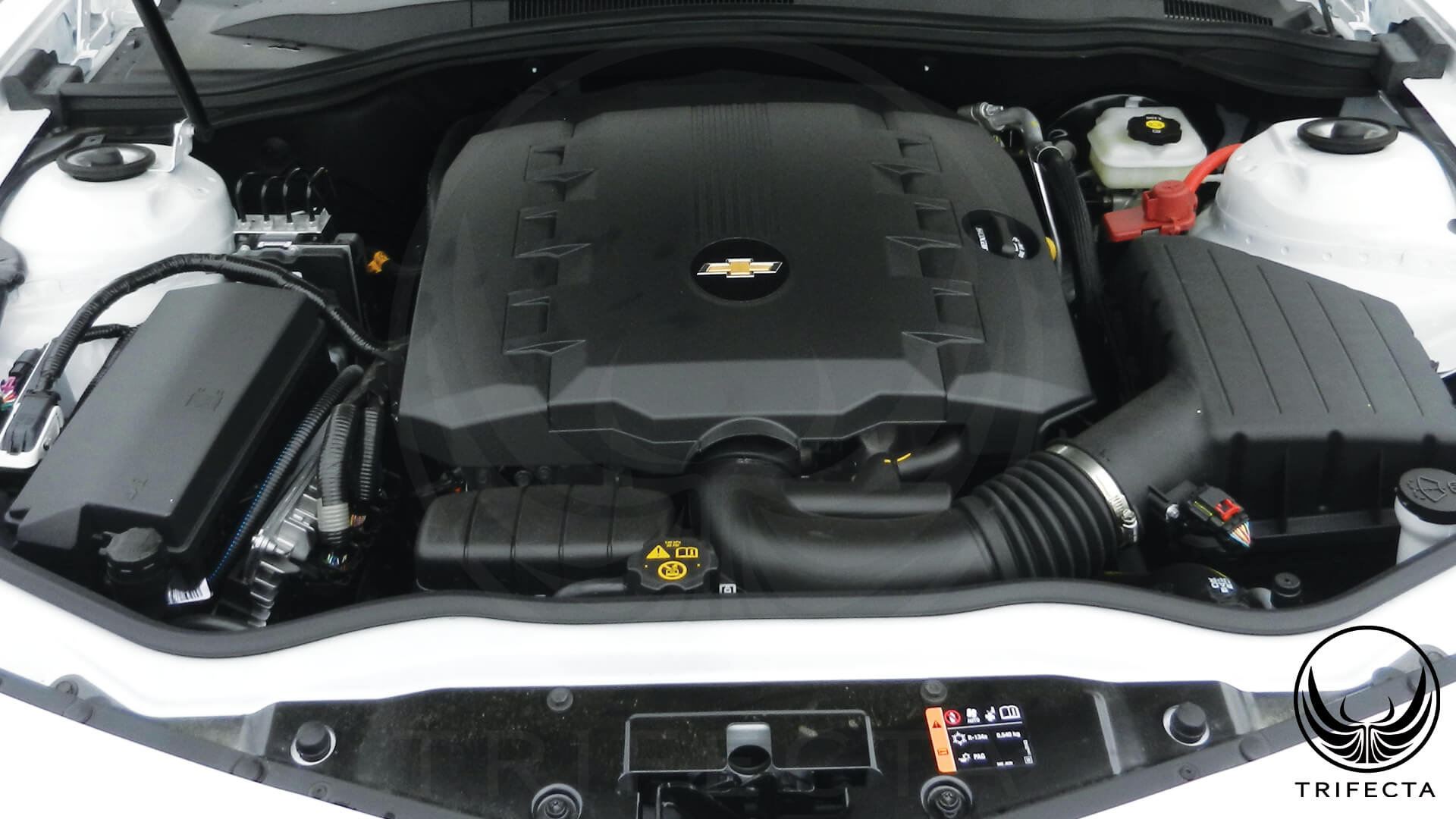

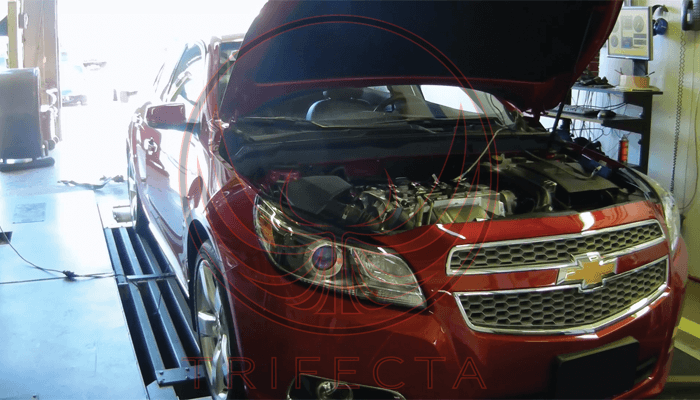
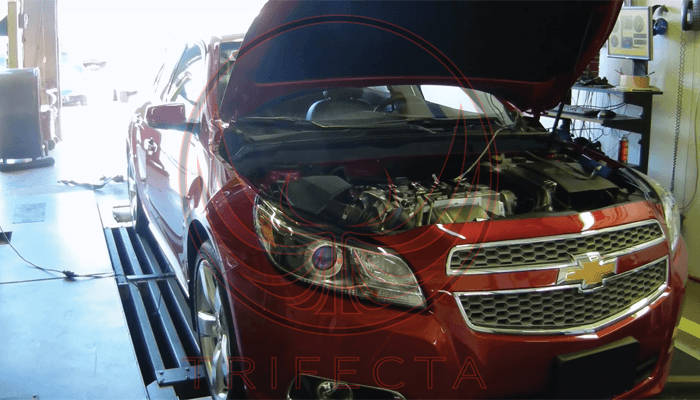
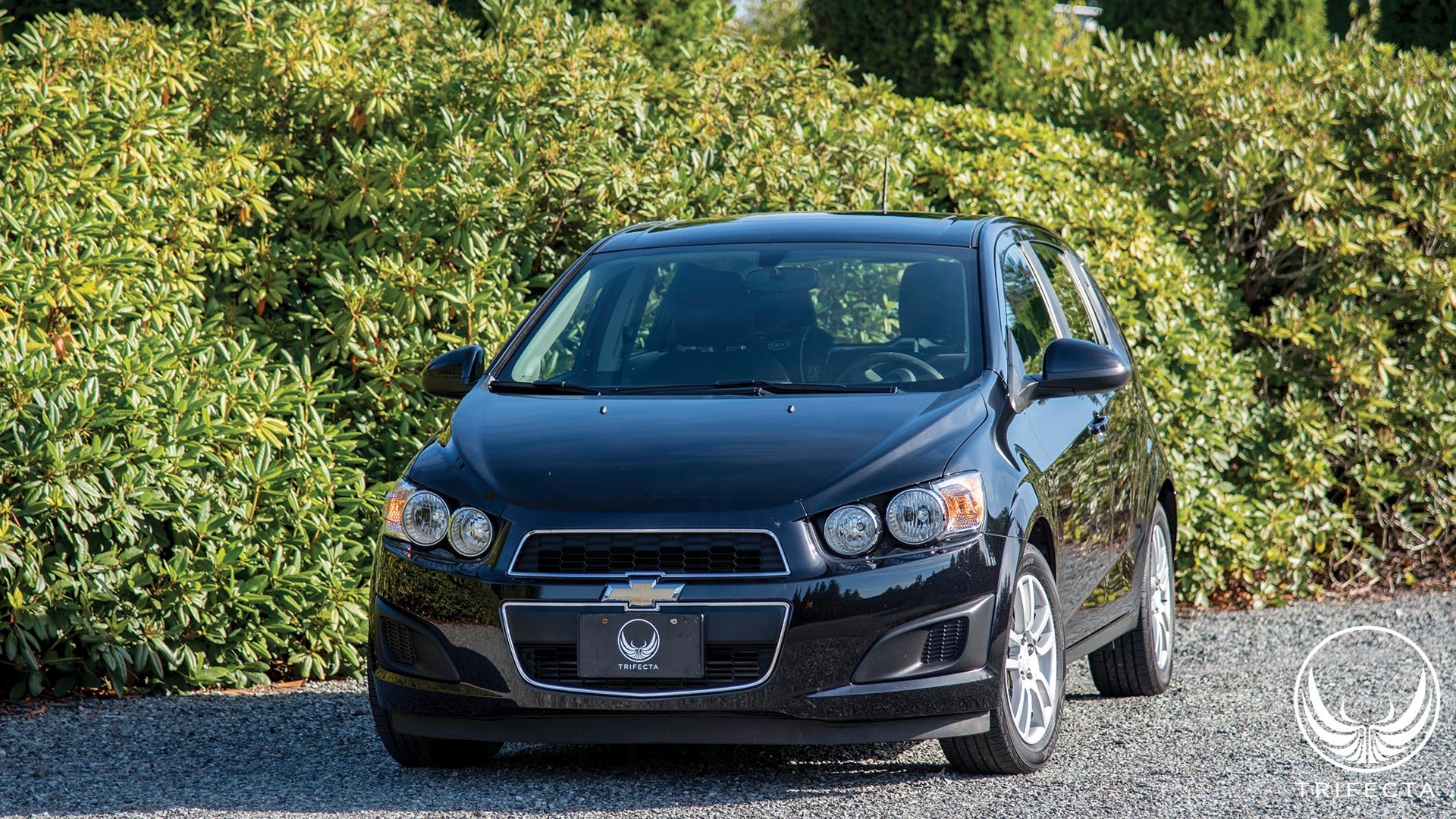






Recommended Comments
There are no comments to display.
Join the conversation
You can post now and register later. If you have an account, sign in now to post with your account.